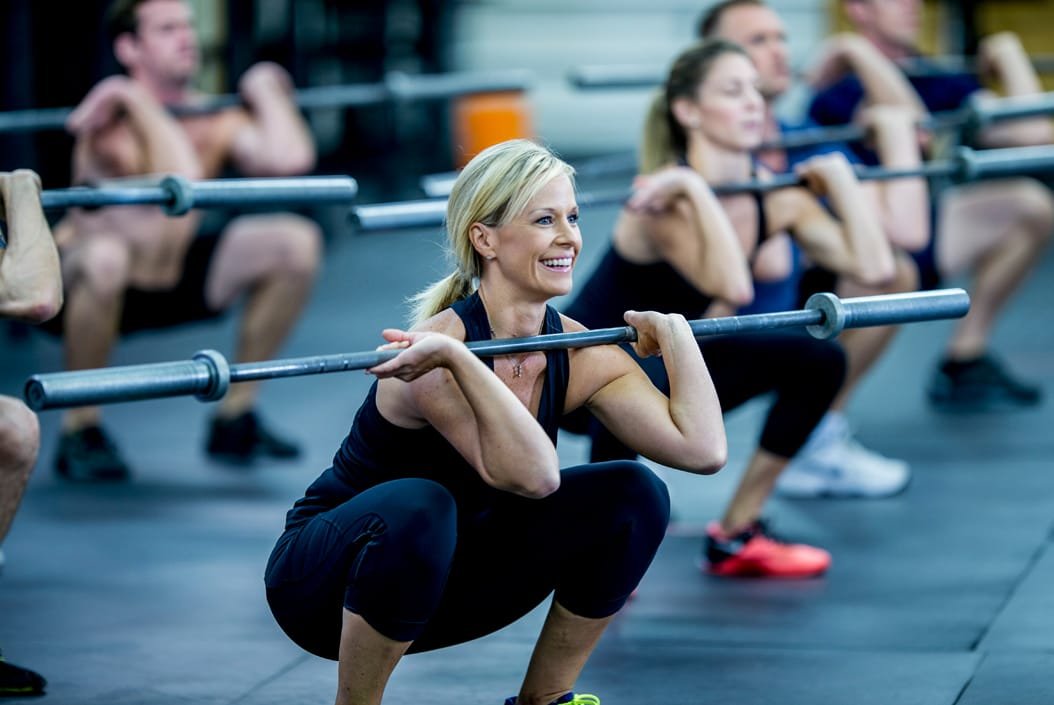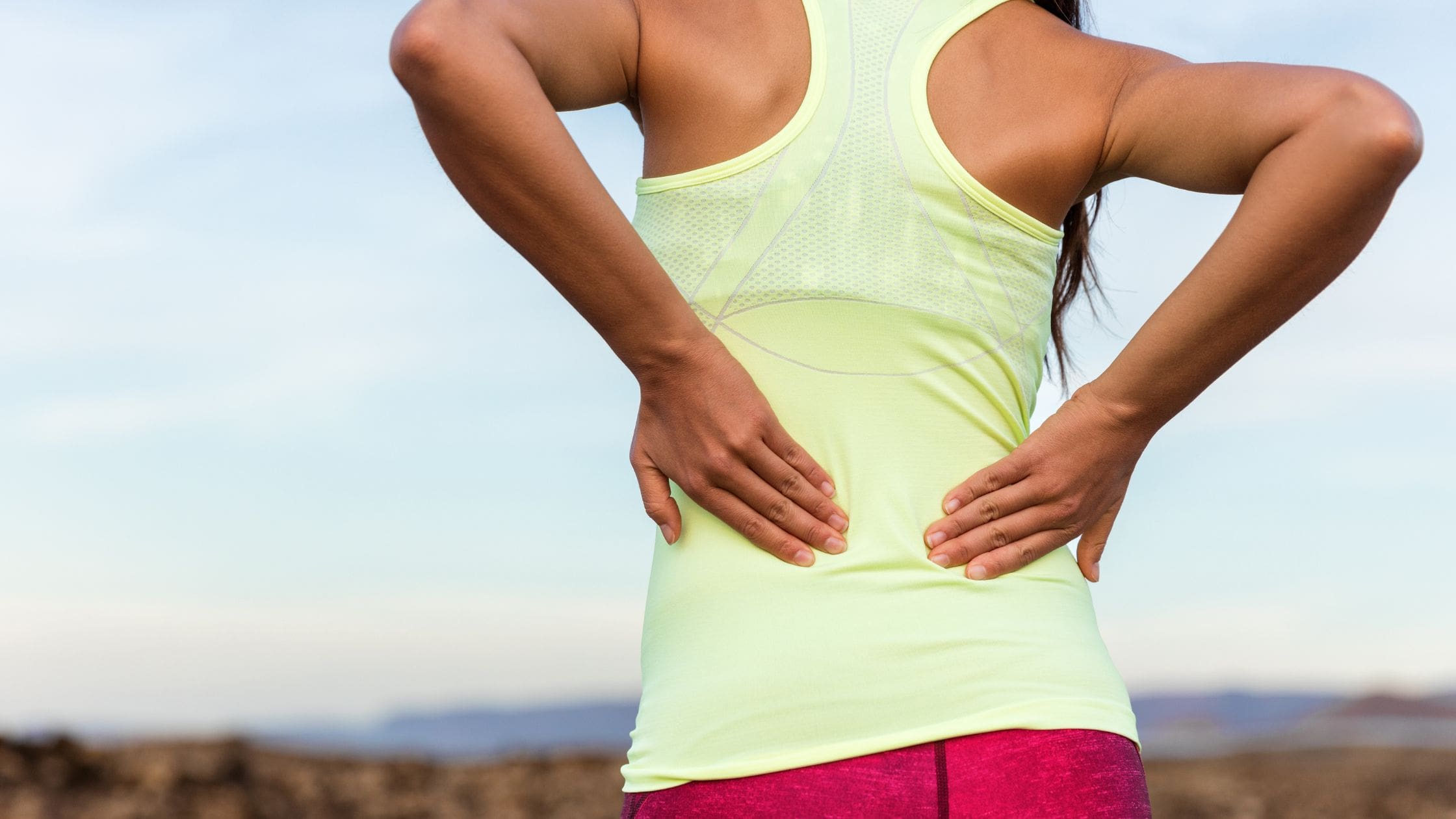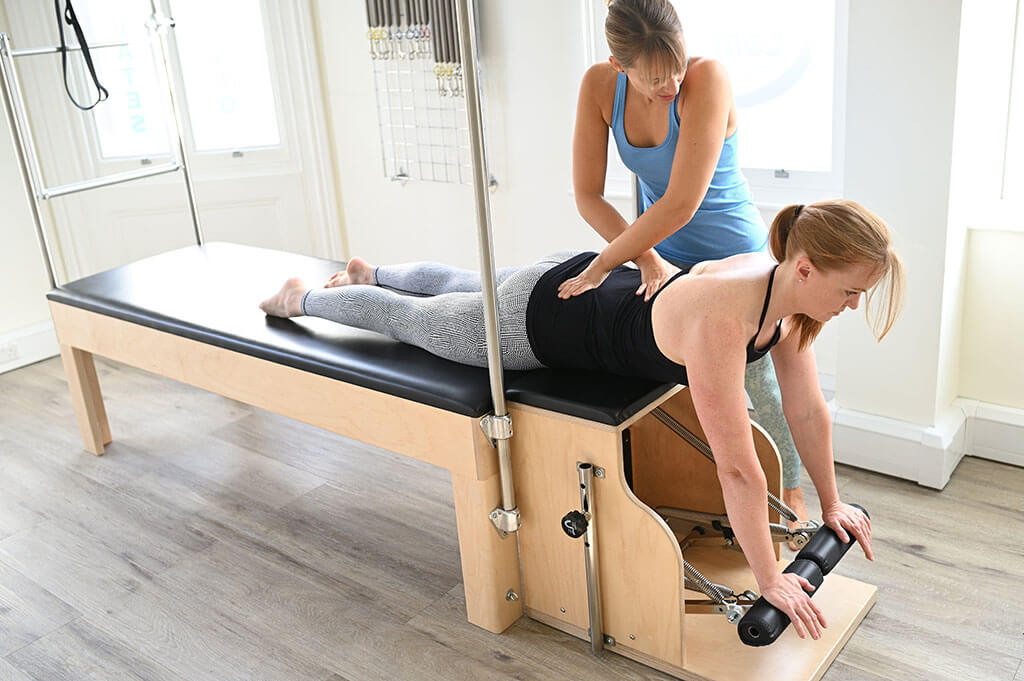Many women are hesitant when it comes to strength training. This is largely because they fear bulking up – but the heavily muscled men lifting 100s of kg at the gym can also be off-putting. Together, these factors explain why far too many women never give weights a go.
But avoiding muscle-building activities is a mistake. Because rather than bulking you up, these workouts fire-up your metabolism and help you create a lean body.
With National Osteoporosis day just around the corner, it is also important to point out that women need strength training to maintain their health. This is because it (alongside a good diet) keeps bones strong, which is essential for osteoporosis prevention.
Debunking the myths about strength training
Celebrities, models, Instagram stars – they all swear by weight training to maintain their svelte figures. Despite this fact, many women still refuse to use weights because they don’t want to add bulk to their frame.
Emily Drakes, a Physiotherapist and strength and conditioning coach, explains why women needn’t fear this side-effect.
“To get bigger you’d need a big surplus in your calories and your protein to actually put mass on,” she explains. “Look at those guys at the gym. They are there all the time because they are so desperate to put bulk on. [To achieve that look] they have to work hard at it, drink lots of protein and get loads of extra calories in.”
So, don’t be put off committing to regular strength sessions. As Emily points out, you won’t transform into the hulk by picking up a 6kg weight. And doing so will see you gain all the good stuff – including confidence, better bone health, as well as lean muscle.
Exercise for bone strength
According to NHS guidelines, healthy adults should engage in at least 150 mins of moderate aerobic exercise or 75 mins of vigorous activity each week. On top of that, they should make time for 2 strength sessions a week. During these sessions, all the major muscle groups need to be worked.
Despite these guidelines, a recent report by Public Health England (PHE) revealed that far too many people are skipping their strength sessions. In fact, according to the report, only one in three men and one in four women were getting the required amount of exercise to keep their bones strong.
Worryingly, the PHE report also revealed that few people understand the importance of exercising for bone health. In contrast, most people know about the importance of exercising for their heart.
Women need to protect against osteoporosis
Working out to strengthen your body (and bones) is essential for everyday life – and just as important as exercising for a healthy heart. You need strength to be able to pick up your kids or lift heavy shopping bags without hurting your back.
As you get older, maintaining a strong body becomes even more important. This is because muscle and bone mass tends to peak by the time we reach 30. After this point, strength- focused workouts become vital for preventing bone loss and avoiding fractures.
Exercising in this way is particularly important for women because they have a much greater risk of developing osteoporosis. This is because women start with lower bone density than men and when there is a dramatic drop in oestrogen during menopause, bone loss occurs. A recent study showed that 50 percent of women will suffer from an osteopathic fracture at some point in their life.
But it’s not just older woman that have to be careful. According to Emily, “younger women who are training intensively and not eating enough or getting the right nutrition can be a factor. Your bones can start to weaken, even at a young age.”
Strength training is the answer
So, what can be done to prevent this? The answer is exercise. But not just any kind, as Emily explains:
“Your bones respond to pressure. So, you need to put enough pressure on them, either through body weight or by adding extra resistance through weights, to have an effect. If you just swam, for example, that’s not going to put enough pressure on the bones to get them to remodel.”
But you don’t have to lift weights to keep your bones healthy. Weight-bearing exercises, like running, tennis, Pilates and resistance exercises are all good options.
Having said that, Harvard Health advises that the most effective way to protect your bones is through weight training. Because, unlike aerobic weight-bearing exercise, “It targets bones of the hips, spine, and wrists, which are the sites most likely to fracture.”
Reverse the damage
The amazing thing about weight training is that some studies have shown that it not only prevents osteoporosis, but performing it regularly can actually help reverse bone density loss.
“We see good results with our osteoporosis patients [who take up strength training]” Emily says, “alongside things like supplementation.” Vitamin D (a vitamin you get from sunlight) deficiency can play a part in the development of osteoporosis because it causes brittle bones. As you can imagine, this is a common problem in the sun-deprived UK.
So, although Emily advises that people start weight training in their late teens to protect against osteoporosis, it’s never too late to start. Whatever your age, strength training (with professional guidance) can be very beneficial.
How to start a strength training programme
For those of you totally new to this type training, a word of warning: don’t head straight to the heavy weights.
Instead, Emily advises that the best way to start exercising for bone health is to build strength first through body weight work.
“I would start with squats, lunges, step ups and press-ups – so, doing a bit of upper body work as well as lower body. Then I would slowly build up to adding weights to these exercises. [The great thing about these exercises] is that you don’t necessarily need a gym for them – you could just have a pair of dumbbells at home.”
However, Emily warns these movements need to feel challenging to have a positive effect. That could mean using 2 kilos or 20 kilos – the weight itself doesn’t matter, just as long as using it feels like hard work.
“If you’re doing 20 squats and that feels easy then you’re probably not doing enough to get that change in the bone,” she says.
For those just starting out, a few sessions with a strength and conditioning coach or experienced personal trainer can be helpful. It’s especially important if you feel like you’re struggling with form on these basic moves.
Using Pilates exercises, like the bridge and back extension, before squatting, lunging and push-ups is also a good idea. They will activate muscles and mobilise the spine to help you get the most out of these movements.
Variety is key
Despite the importance of weight training for health, it is important not to go overboard. Just as it’s not great to put your body through one type of motion repeatedly, like running, you also need to mix things up by including different types of movement into your routine. A mixture of cardiovascular exercise, strength and mobility work will keep your body supple and heart, muscles and bones strong.
The bottom line: From Emily’s perspective, a varied fitness regime is the key to long term health:
“The people I see who have a perfect programme have cardio, running, some weight training (it needs to be quite challenging) and some Pilates – that is balance.”
Want to learn more about looking after your bone health? Why not contact us or book your offer!
Education is key:
These blogs are designed to give information to everyone, however, it is important to remember that everyone is different! If you have not seen one of our therapists and have any questions about injuries, what you have read or whether this may be useful to you, please just ask. We are more than happy to help anyone and point you in the right direction. Our biggest belief is that education is key. The more you understand about your injury, illness and movement, the more you are likely to improve.








